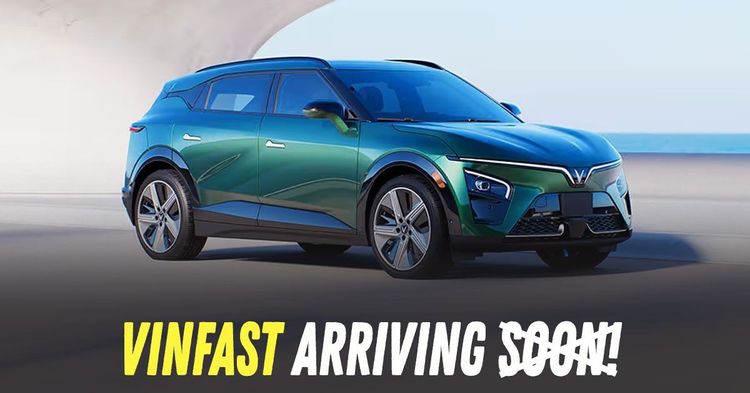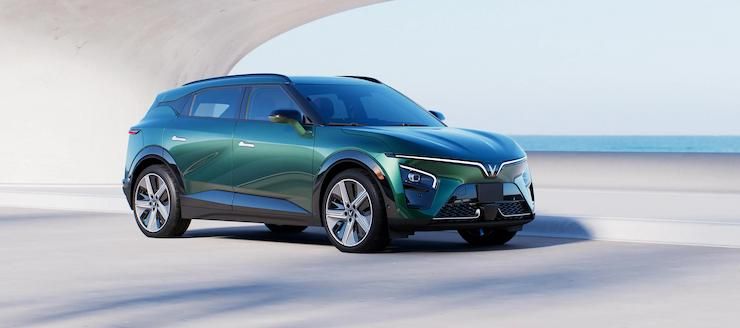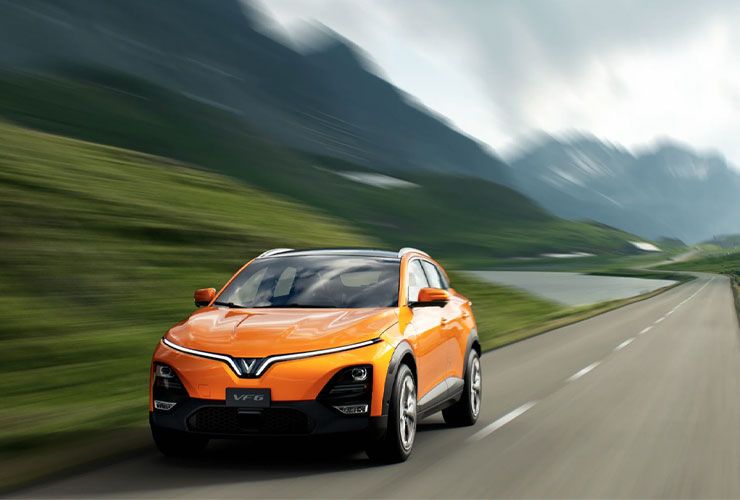Vinfast's India Launch Delayed: Here's Why


Vietnamese EV maker VinFast came into the spotlight earlier this year with ambitious plans to set up shop in India. The company had charted out a bold strategy involving a $500 million plant in Tamil Nadu, an SUV launch by the end of 2024, and a wide dealership network. But just months later, things are no longer on track. The launch has been quietly postponed, dealers are walking away, and questions are now being asked about whether VinFast underestimated the scale of the Indian market.

One of the most immediate reasons for the delay is the unexpected retreat of several dealer partners. VinFast had initiated discussions and even signed up a few dealerships earlier this year, offering attractive terms and the promise of quick returns. However, many of these early partners have reportedly exited after sensing a lack of preparedness and clarity on timelines, product specs, and customer support.
At the heart of this pullback is a growing perception that VinFast is still testing the waters rather than making a confident plunge. Dealers who expected demo cars and finalised service plans by mid-2024 are now staring at indefinite wait times. Without concrete products to show or clear plans to execute, their patience has worn thin. For a new brand trying to enter a market already crowded with homegrown and global EV contenders, dealer confidence is critical. Losing that even before the first vehicle is delivered is a major setback.

The company’s planned EV manufacturing plant in Thoothukudi, Tamil Nadu, was supposed to be a big win not just for VinFast but also for the local government and economy. With an announced capacity of 150,000 units per year in phase one and groundbreaking expected by mid-2024, things were meant to move swiftly.
However, on-ground activity at the site has been slower than expected. Regulatory approvals, construction permissions, and logistical planning have all taken longer than initially projected. As of now, there is no confirmed timeline for when the plant will be operational, and until then, VinFast will have to rely on imported vehicles to enter the market. That strategy comes with its own hurdles, including high import duties and pricing disadvantages.

VinFast had initially planned to launch the VF 6 and potentially the VF 7 SUV in India. While these models are already on sale in other countries, they require re-engineering to suit Indian road conditions, regulations, and consumer expectations. Features like ground clearance, climate control efficiency, and infotainment systems often need tweaking for new markets.

There’s also the issue of pricing. The VF 6 is unlikely to match the sticker price of popular local EVs like the Tata Nexon EV. And the VF 7, which has received mixed reviews abroad, could struggle to win over buyers at the premium end unless the brand builds strong recall and service assurance, something difficult for a newcomer without an operational factory or service footprint.
VinFast’s global strategy has always been built on rapid expansion. After entering the US and Europe in quick succession, the India plan followed a similar pattern. But unlike those markets, India demands careful localisation, strong after-sales service, and price sensitivity, all of which require time and groundwork. Announcing big-ticket investments and flashy launches without first establishing credibility may have backfired here.
The electric vehicle space in India is heating up, with legacy players and startups alike preparing aggressive portfolios. VinFast, for all its global ambition, needs to recognise that it cannot rely purely on scale or capital. Building trust and a support network takes time. Until then, flashy announcements and lofty timelines may do more harm than good.
As things stand, the revised launch timeline is sometime in July-August 2025. Whether VinFast manages to course-correct and eventually launch in India with a more grounded strategy remains to be seen. But one thing is clear: in this market, speed alone is not enough. Execution is everything.